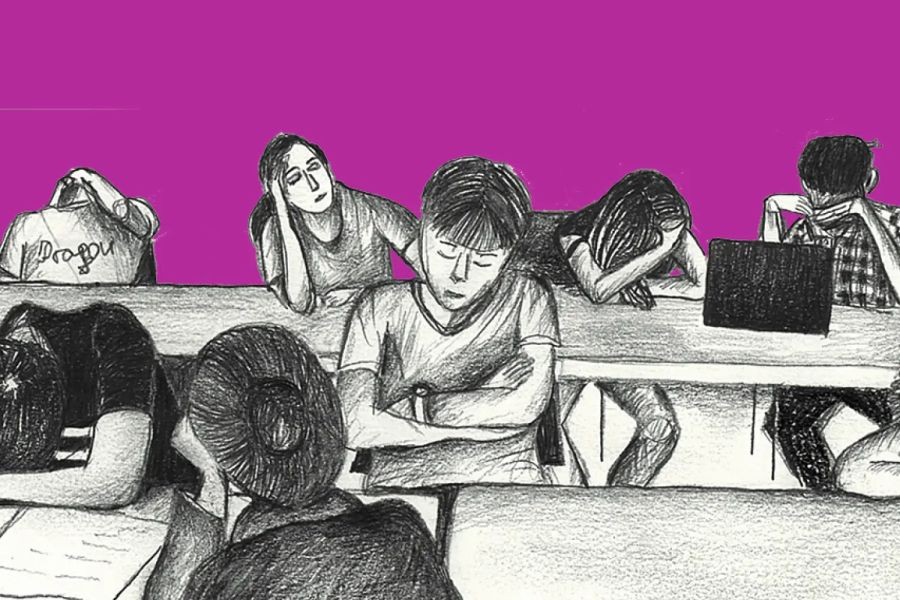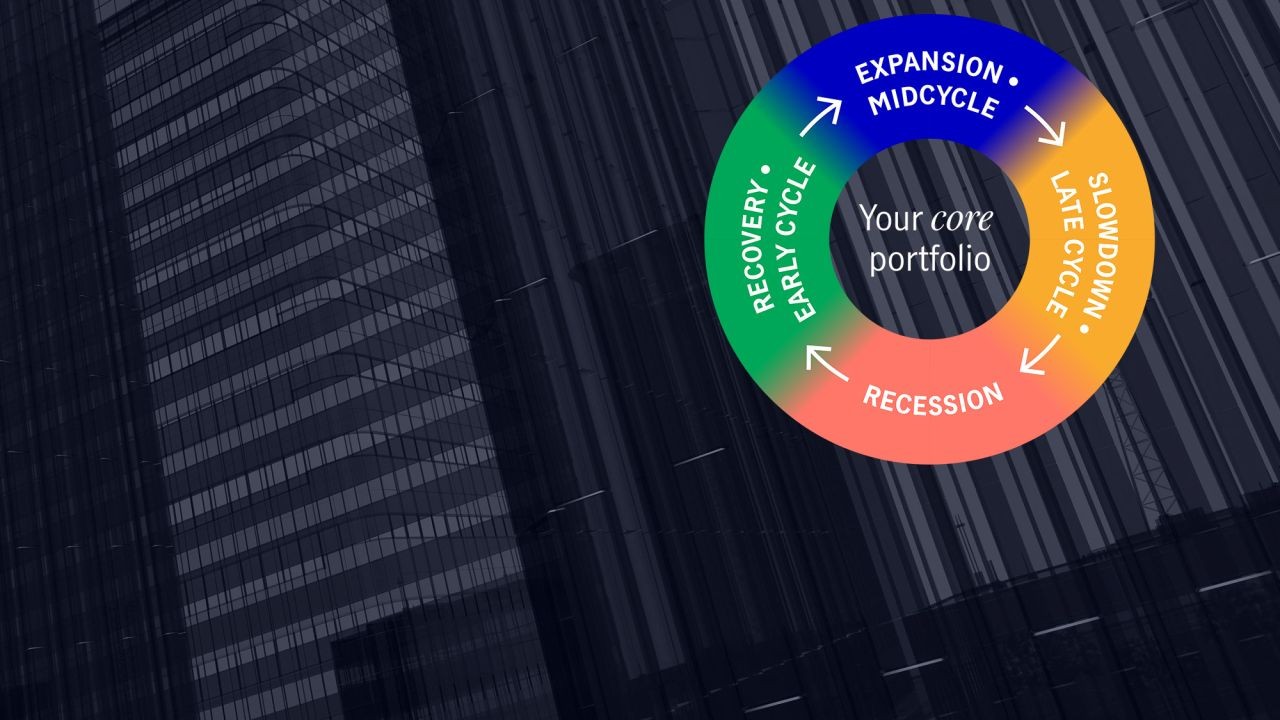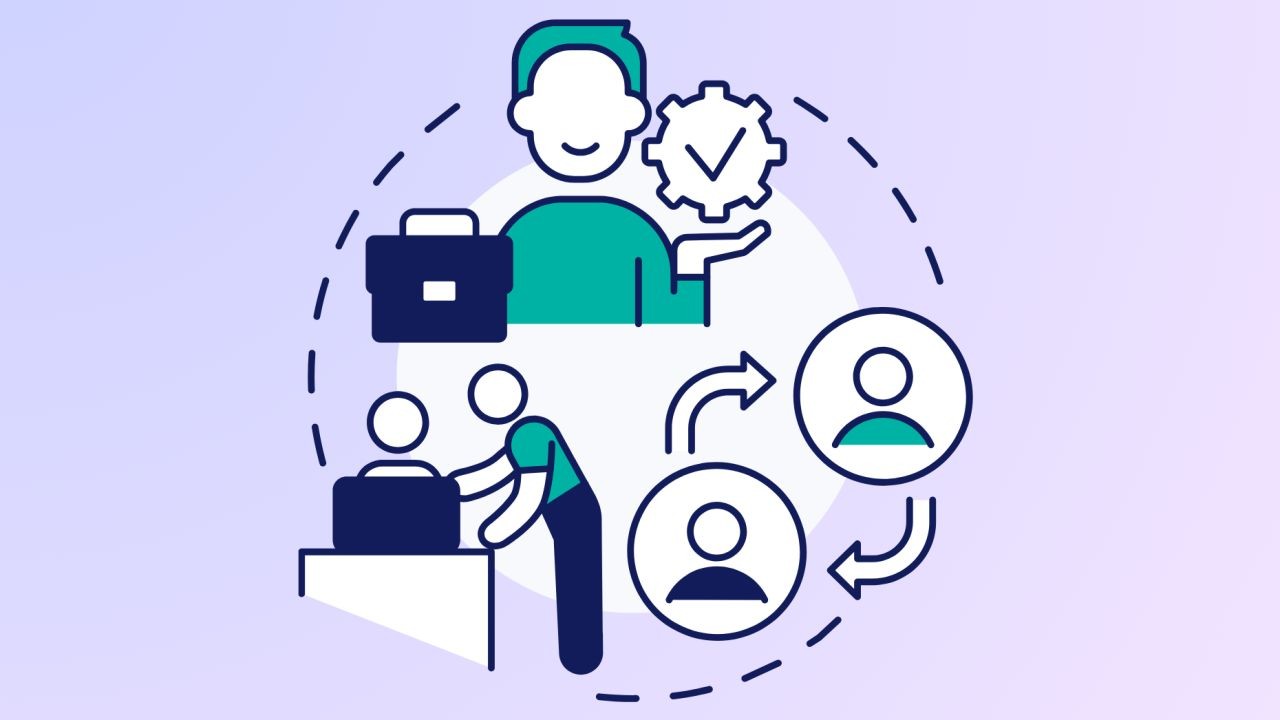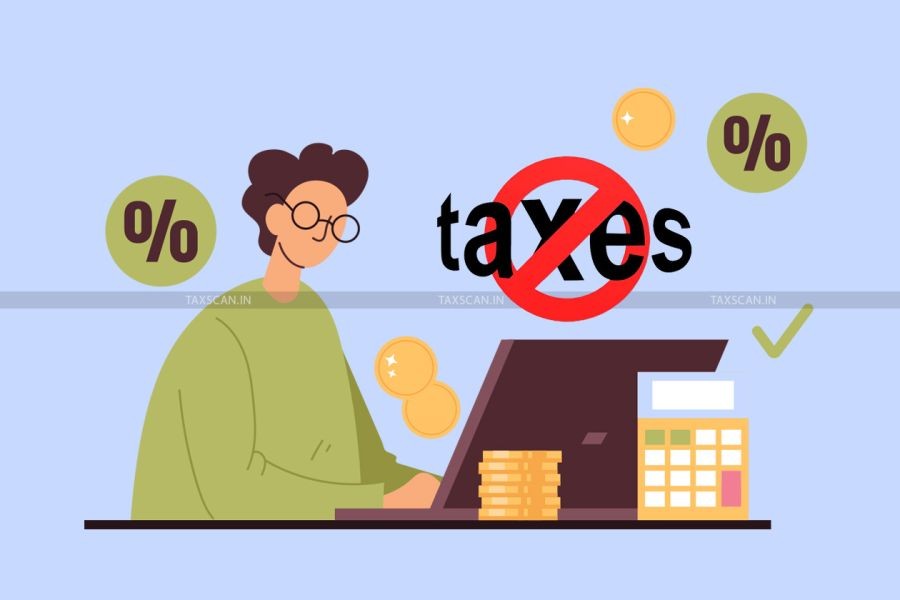New Zealand's educational landscape is a tapestry woven with diverse cultures, ethnic backgrounds, and unique learning needs. With a growing focus on inclusivity and sustainability, the education system is evolving to support a variety of student populations. This article delves into how New Zealand's education system caters to this diversity, examining key policies, case studies, and future trends that shape the educational experience for all learners.
Understanding New Zealand's Educational Diversity
New Zealand's unique demographic makeup contributes to its rich educational diversity. According to Stats NZ, as of 2023, approximately 27% of New Zealand's population is born overseas, with significant representations from the Asian, Pacific, and Māori communities. This multicultural backdrop sets the stage for an education system that prioritizes inclusivity and adaptability.
Government Policies Promoting Diversity
The New Zealand Ministry of Education has implemented several policies to ensure equitable education opportunities for diverse student populations. The Ka Hikitia strategy, for instance, focuses on Māori students' educational success by integrating Māori culture and language into the curriculum. Similarly, the Pasifika Education Plan aims to elevate the educational outcomes of Pasifika students through community engagement and culturally responsive teaching.
Real-World Case Study: The Success of Te Kura
Case Study: Te Kura – A Model of Flexible Learning
Problem: Te Kura, New Zealand's Correspondence School, faced challenges in engaging students from remote areas and diverse backgrounds who struggled with traditional schooling methods.
Action: Te Kura adopted a flexible learning model, integrating digital platforms and personalized learning plans to accommodate students' individual needs. The school emphasized culturally relevant materials and community partnerships to enhance engagement.
Result: The school reported a 35% increase in student engagement and a 20% improvement in academic achievement within two years. The use of technology and personalized learning plans significantly contributed to these outcomes.
Takeaway: Te Kura's approach highlights the potential of flexible, technology-driven education models in supporting diverse learners. Other New Zealand schools can replicate this model to improve educational accessibility and success.
Data-Driven Insights: The Impact of Inclusive Education
Inclusive education is not just a moral imperative; it has tangible benefits for the broader economy. A 2022 report by the Ministry of Business, Innovation and Employment (MBIE) revealed that inclusive education systems contribute to higher employment rates and economic participation among marginalized groups. Schools that embrace diversity and inclusion can foster environments where all students feel valued and empowered to succeed.
Contrasting Viewpoints: The Debate on Inclusive Education
While inclusive education is widely supported, it is not without its challenges. Critics argue that the focus on diversity can sometimes dilute educational quality or stretch resources thin. However, proponents highlight that inclusive practices lead to higher engagement and better outcomes for all students.
Advocate View: Inclusive education promotes empathy, collaboration, and respect among students, preparing them for a multicultural workforce.
Critic View: Inclusive education can strain resources and may lead to inconsistent educational standards if not properly managed.
Middle Ground: A balanced approach that combines inclusive practices with targeted resource allocation can maximize educational outcomes without compromising quality.
Common Myths & Mistakes in Educational Diversity
Despite the clear benefits of diversity in education, several myths persist:
- Myth: "Diverse classrooms hinder academic performance." Reality: Research from the University of Auckland demonstrates that diverse classrooms enhance critical thinking and problem-solving skills.
- Myth: "Inclusion only benefits minority students." Reality: Inclusive environments benefit all students by fostering a culture of respect and collaboration.
- Myth: "Cultural integration is expensive and impractical." Reality: Schools that integrate cultural education see improved student engagement and lower dropout rates, offsetting implementation costs.
Which of these myths did you believe before reading this? Drop your thoughts below!
Future Trends: Education in 2030 and Beyond
By 2030, New Zealand's education system is expected to undergo significant transformations driven by technology and cultural shifts. According to a Deloitte report, AI and virtual learning environments will play a crucial role in delivering personalized education experiences. Additionally, there's a growing emphasis on sustainability in education, with schools integrating environmental literacy across all subjects to prepare students for future challenges.
Final Takeaways & Call to Action
- New Zealand's education system is increasingly inclusive, benefiting both students and the economy.
- Government policies like Ka Hikitia and the Pasifika Education Plan are crucial in supporting diverse learners.
- Schools like Te Kura demonstrate the success of flexible learning models.
- Inclusive education fosters a culture of respect and collaboration, preparing students for a multicultural world.
- Future trends suggest a move towards technology-driven, sustainable education.
What’s your next move? Are you prepared for the future of education in New Zealand? If you found this valuable, share it with your network or comment with your thoughts!
People Also Ask (FAQ)
- How does inclusive education impact New Zealand's economy? Inclusive education boosts economic participation, leading to higher employment rates among diverse groups, as per MBIE's 2022 report.
- What are the best strategies for implementing inclusive education? Experts recommend integrating culturally relevant curricula, leveraging technology, and fostering strong community partnerships.
- What upcoming changes could affect education in New Zealand? By 2026, technological advancements and policy updates are expected to shape a more personalized and sustainable education landscape.
Related Search Queries
- New Zealand education diversity
- Inclusive education benefits
- Ka Hikitia strategy
- Te Kura case study
- Future trends in education NZ
- Māori education success
- Pasifika Education Plan
- Diverse classrooms impact
- Technology in education NZ
- Sustainable education practices






























